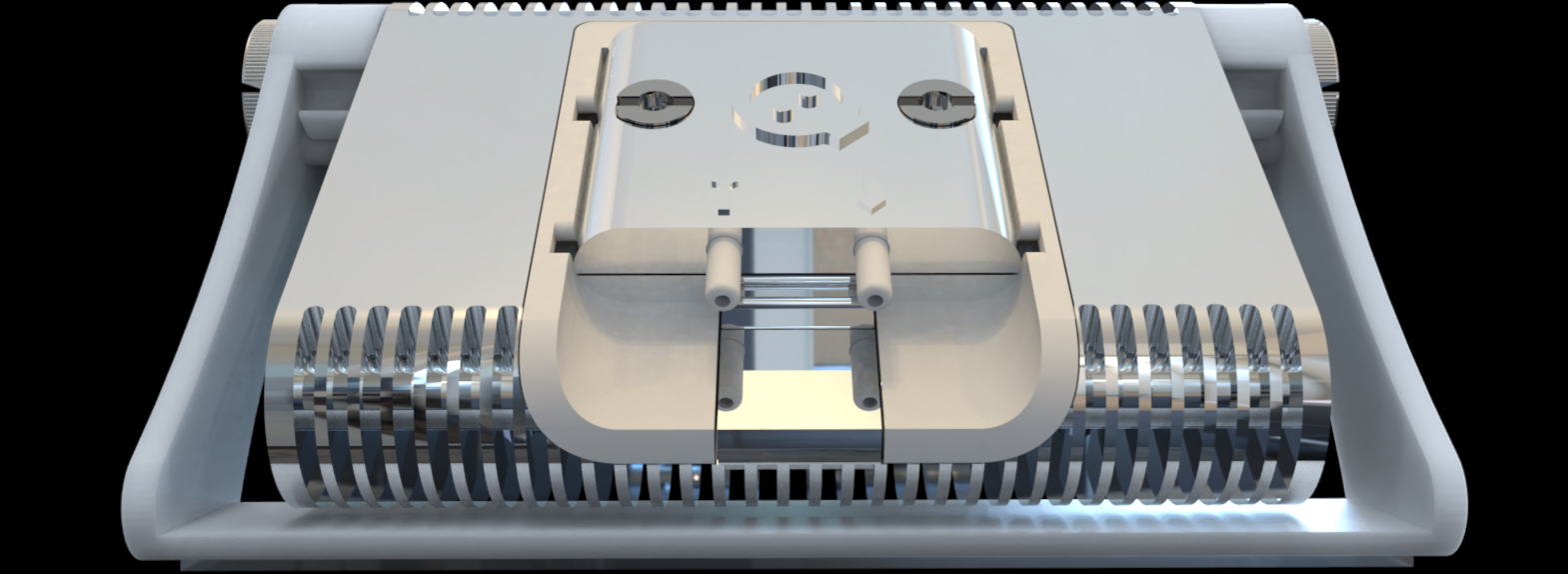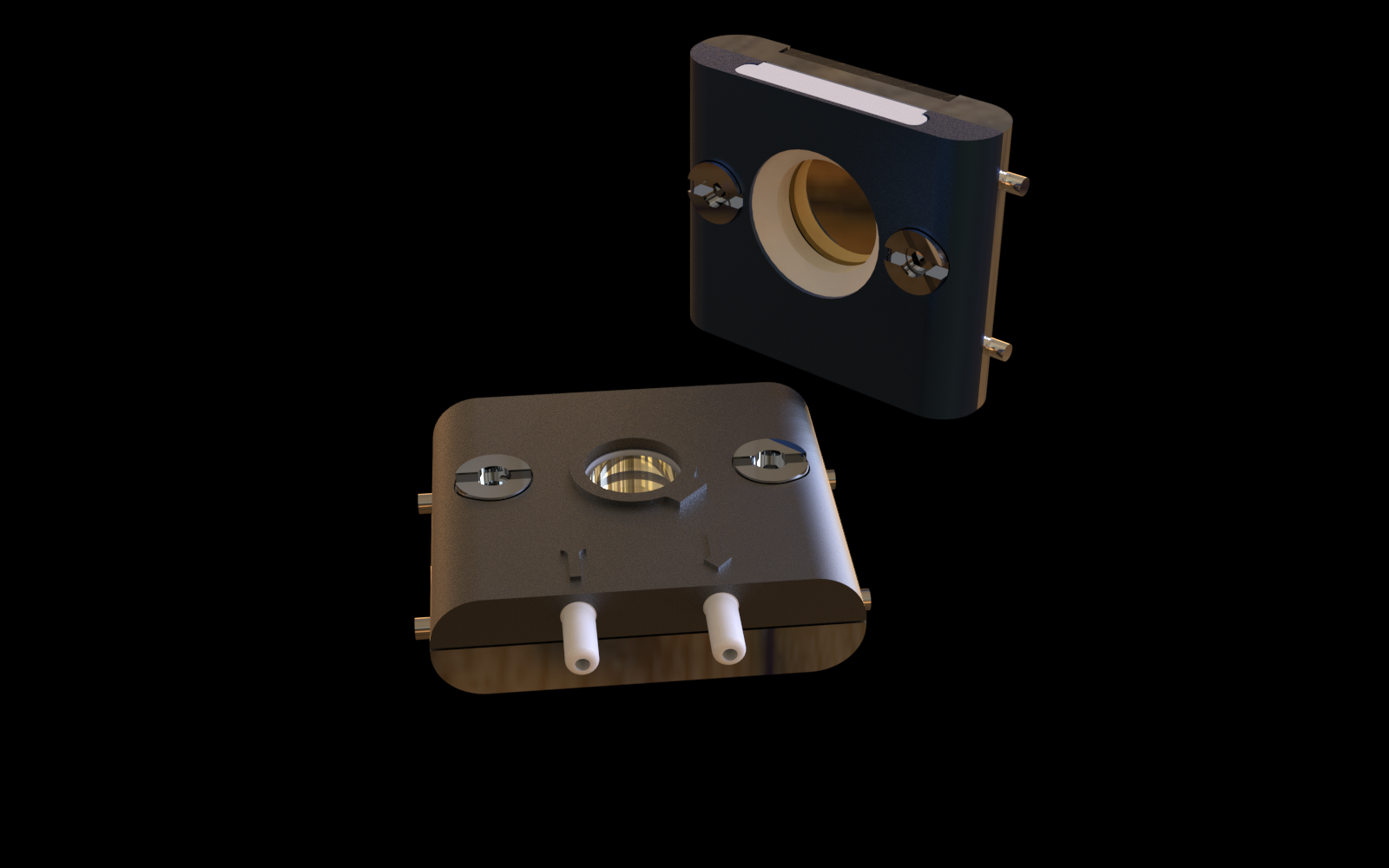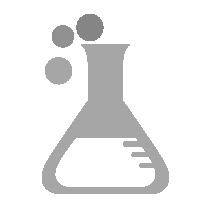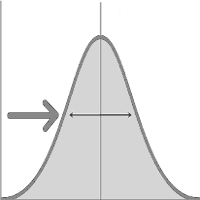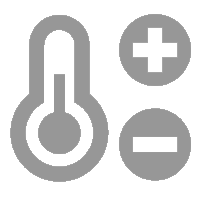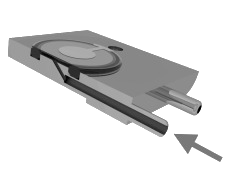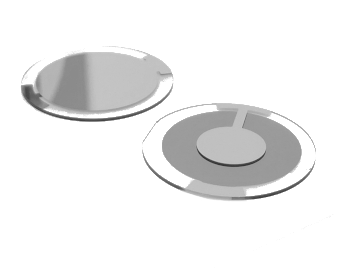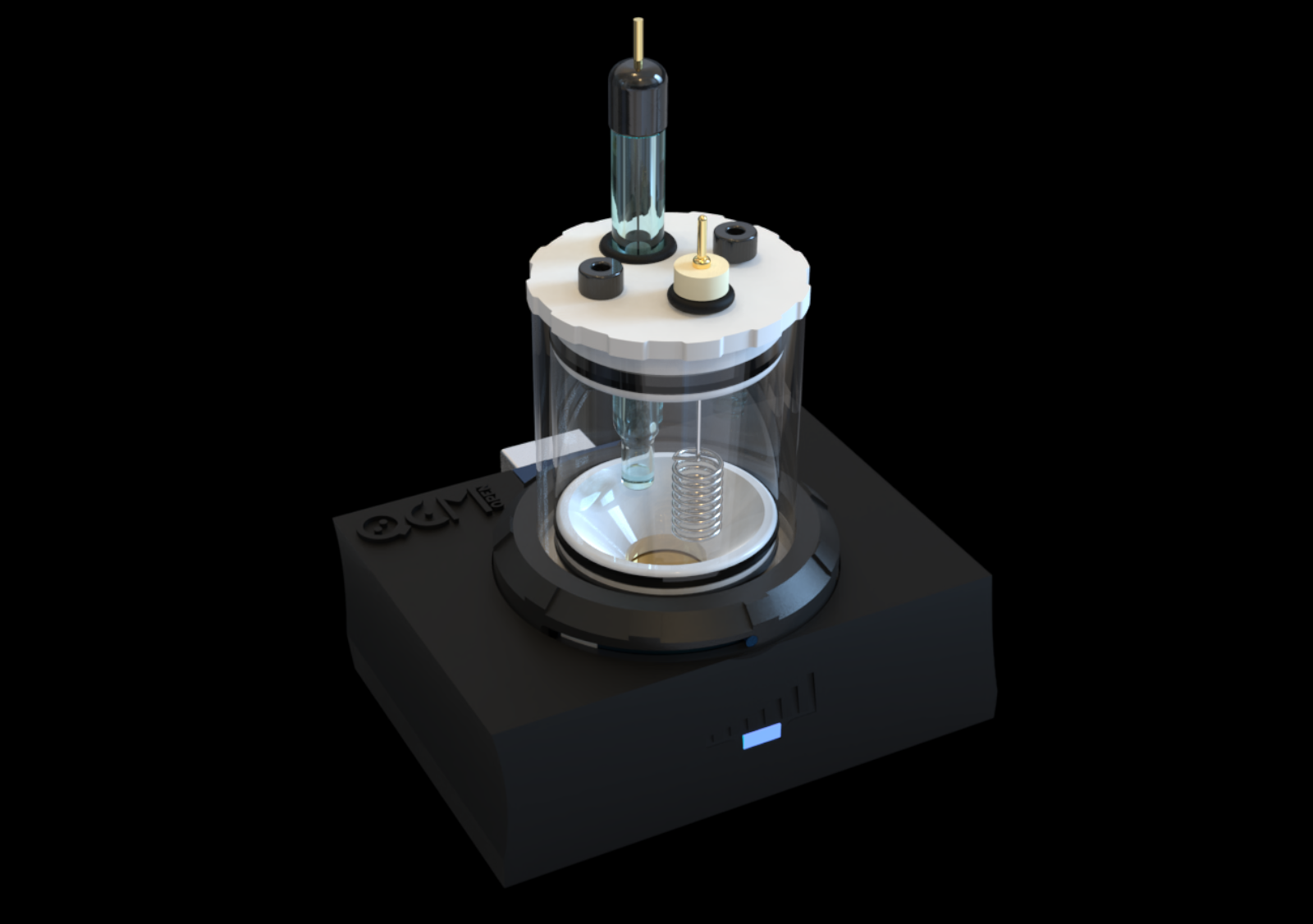OPEN SOURCE QCM WITH TEMPERATURE CONTROL AND MULTIPLE OVERTONES
openQCM NEXT is an experimental open-source Quartz Crystal Microbalance apparatus with frequency and dissipation monitoring, developed in close collaboration with the scientific community. This research instrument, continuously evolving through feedback and contributions from researchers worldwide, enables multiple overtone analysis for detailed investigations into surface interactions. As an open development platform, openQCM NEXT represents a work-in-progress that is constantly enriched with new features and improvements proposed by the user community.
Its ability to simultaneously monitor changes in frequency and dissipation on multiple overtones provides a deeper understanding of sample viscoelastic properties, making it a useful tool for advanced research applications.

